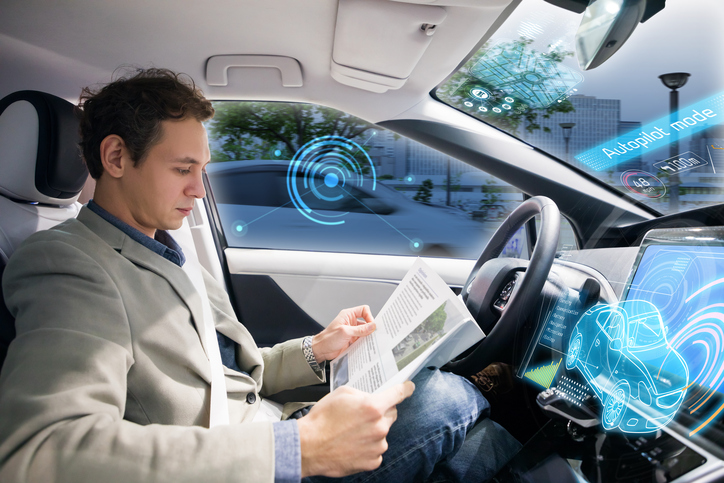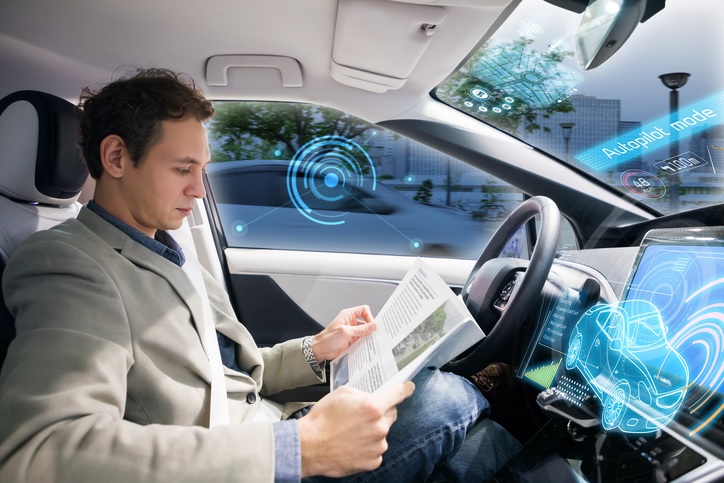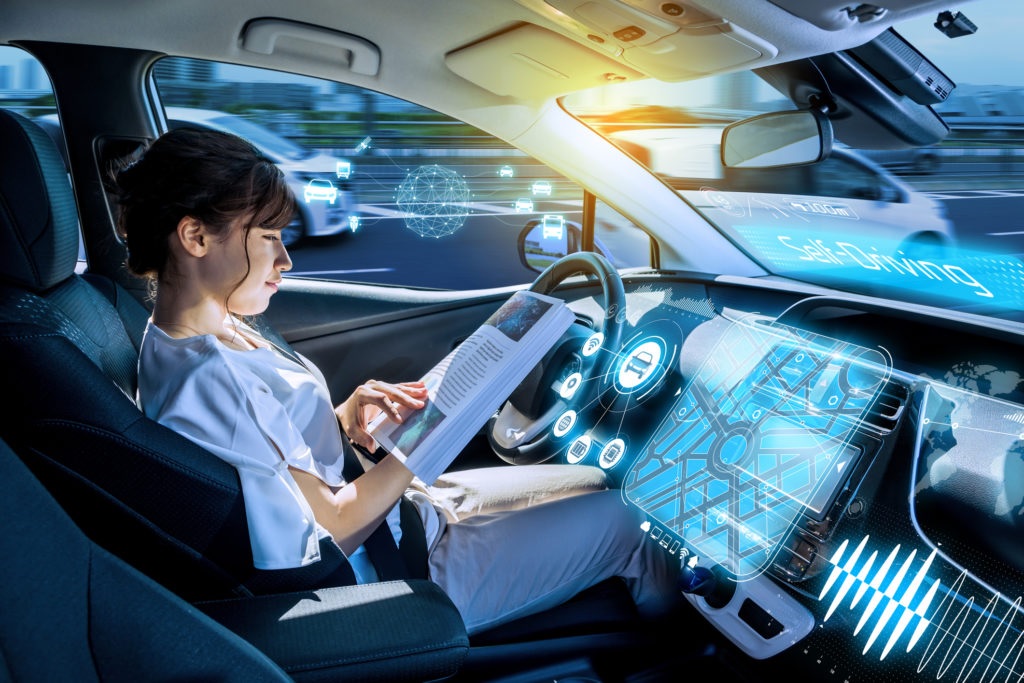
Introduction
In a rapidly evolving world, the concept of autonomous vehicles has emerged as a transformative force in the realm of transportation. Often referred to as self-driving cars, these vehicles have the potential to revolutionize how we move from one place to another. Unlike traditional vehicles, autonomous vehicles are equipped with advanced technologies that enable them to navigate, make decisions, and interact with their surroundings without the need for human intervention. In this article, we will delve into the intricacies of autonomous vehicles, their benefits, challenges, and the impact they are likely to have on society.
The Evolution of Autonomous Vehicles
Early Innovations and Concepts (H2)
The idea of autonomous vehicles is not entirely new. Early innovations in this field date back to the 1920s when radio-controlled cars were showcased at science exhibitions. However, it wasn’t until recent decades that significant progress was made in turning these concepts into a reality.
Technological Foundations (H2)
Autonomous vehicles rely on a combination of advanced technologies to function effectively. These technologies include LiDAR (Light Detection and Ranging), radar systems, GPS (Global Positioning System), computer vision, and artificial intelligence. These components work in harmony to allow the vehicle to perceive its environment and make informed decisions based on real-time data.
Benefits of Autonomous Vehicles
Enhanced Safety (H2)
One of the most compelling arguments in favor of autonomous vehicles is their potential to drastically reduce accidents caused by human error. With their ability to react faster and anticipate potential dangers, self-driving cars can minimize the risk of collisions and save lives.
Improved Traffic Flow (H2)
Autonomous vehicles have the potential to optimize traffic flow by communicating with each other and adjusting their speed and route accordingly. This could significantly reduce congestion, leading to shorter travel times and less frustration for commuters.
Challenges to Overcome
Legal and Regulatory Hurdles (H2)
As the technology surrounding autonomous vehicles advances, there are legal and regulatory challenges that need to be addressed. Questions about liability in case of accidents, licensing requirements, and road safety regulations are areas that require careful consideration.
Ethical Dilemmas (H2)
Autonomous vehicles may encounter situations where ethical decisions need to be made, such as during an unavoidable accident. These decisions raise important questions about how the algorithms controlling these vehicles should prioritize human safety and well-being.
The Societal Impact
Employment Disruption (H2)
The widespread adoption of autonomous vehicles could lead to a shift in employment patterns. Jobs related to driving, such as taxi drivers and truck drivers, could become obsolete, necessitating the need for reskilling and workforce adaptation.



